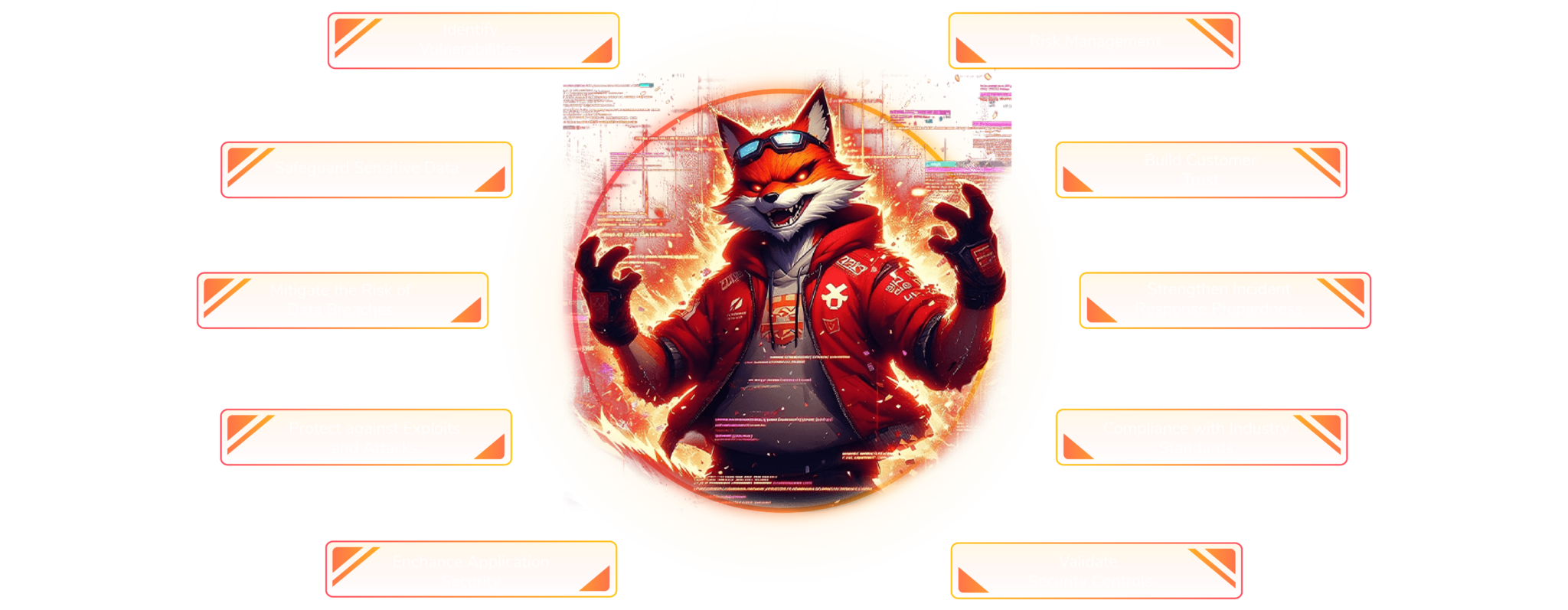Modern organizations significantly depend on the smooth and secure functionality of web applications. Unfortunately, small and large-scale organizations don’t prioritize the security testing of their web applications. As a result, attackers can easily compromise these applications, disrupt business functionality, and gain unauthorized access to sensitive data. As numerous organizations falsely trust the accuracy of automated web application security scanners, they’re left with unidentified loopholes in their application’s functionality, source code, and infrastructure.
Performing a web application pentest involves a systematic process, including enumerating the target application, identifying vulnerabilities, and exploiting the vulnerabilities that could be leveraged to compromise an application. Throughout a web application pen test, a pentester or a cyber security specialist evaluates an application’s security by exploiting it, just like an attacker would. For example, the specialist will look into how an unauthorized person could access the application’s sensitive data.
For this purpose, a web application penetration test helps organizations to find security flaws in applications that adversaries could readily exploit. At the very least, a web application penetration test includes checks for the following vulnerabilities (included in the OWASP Top 10 Web Application Security Risks):
Web application penetration tests are security assessments curated to analyze web application architecture, design, and configuration. Our team uses advanced web application security skills to perform a manual and thorough penetration test against modern web applications. Further on, we offer code-assisted penetration tests to explicitly understand the application, detect deep-seated issues in source code, and reduce the number of false-positive findings.
At Redfox Security, we leverage the following testing methodologies:

Redfox Cyber Security Inc.
8 The Green, Ste. A, Dover,
Delaware 19901,
United States.
info@redfoxsec.com
©️2024 Redfox Cyber Security Inc. All rights reserved.